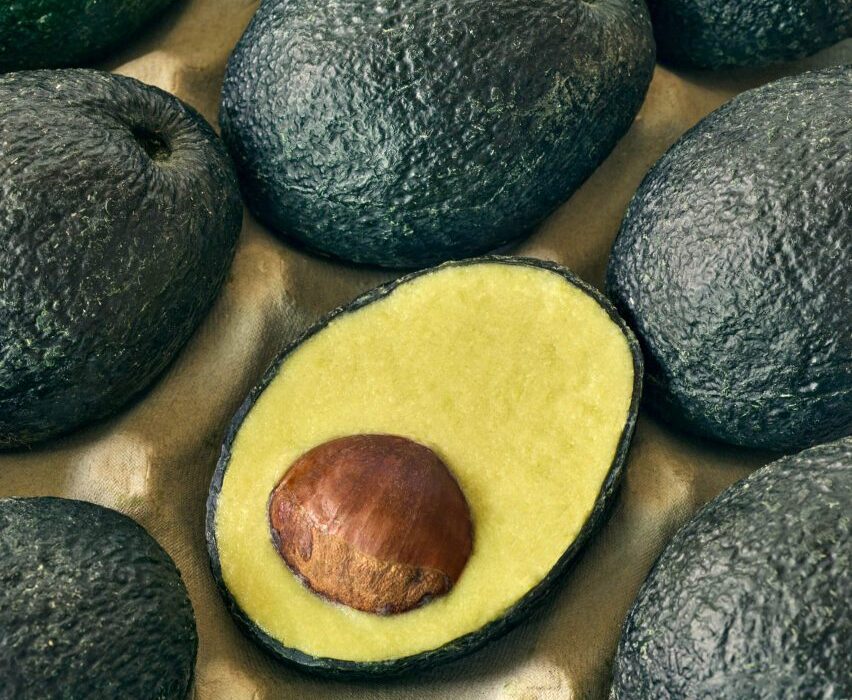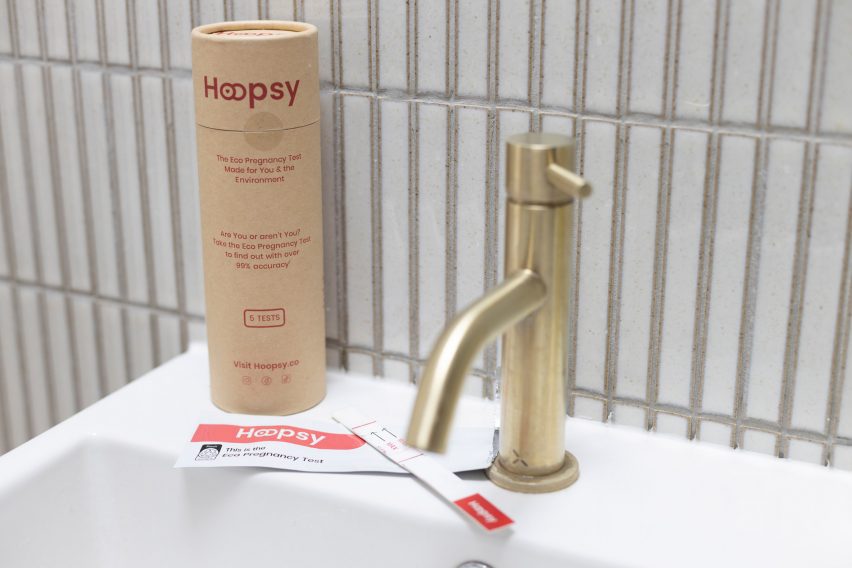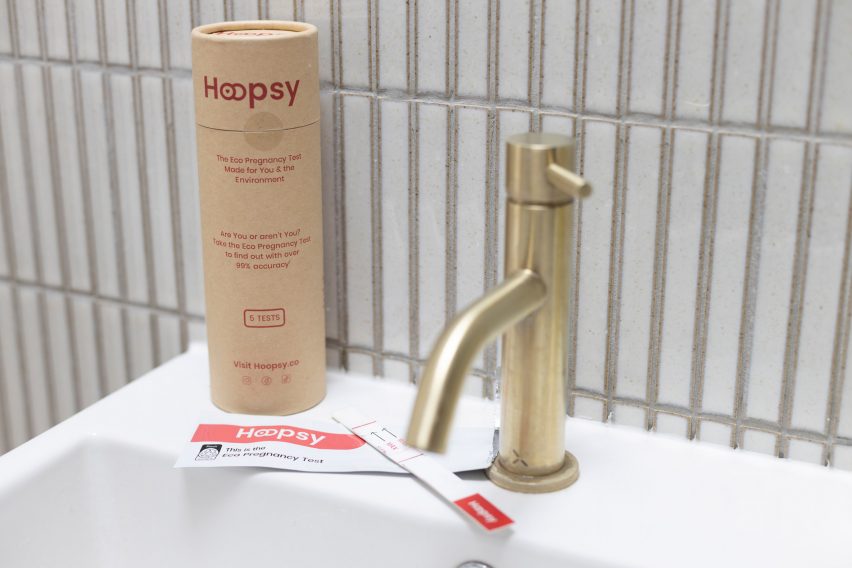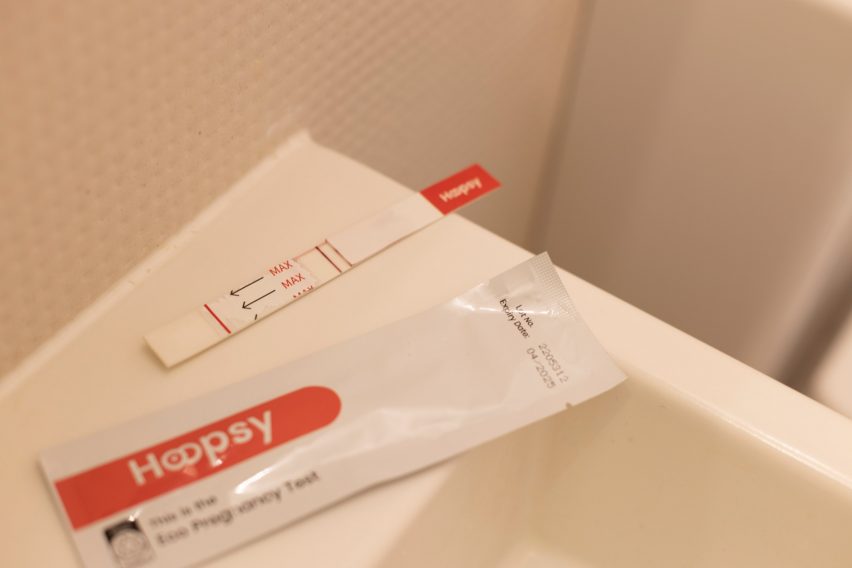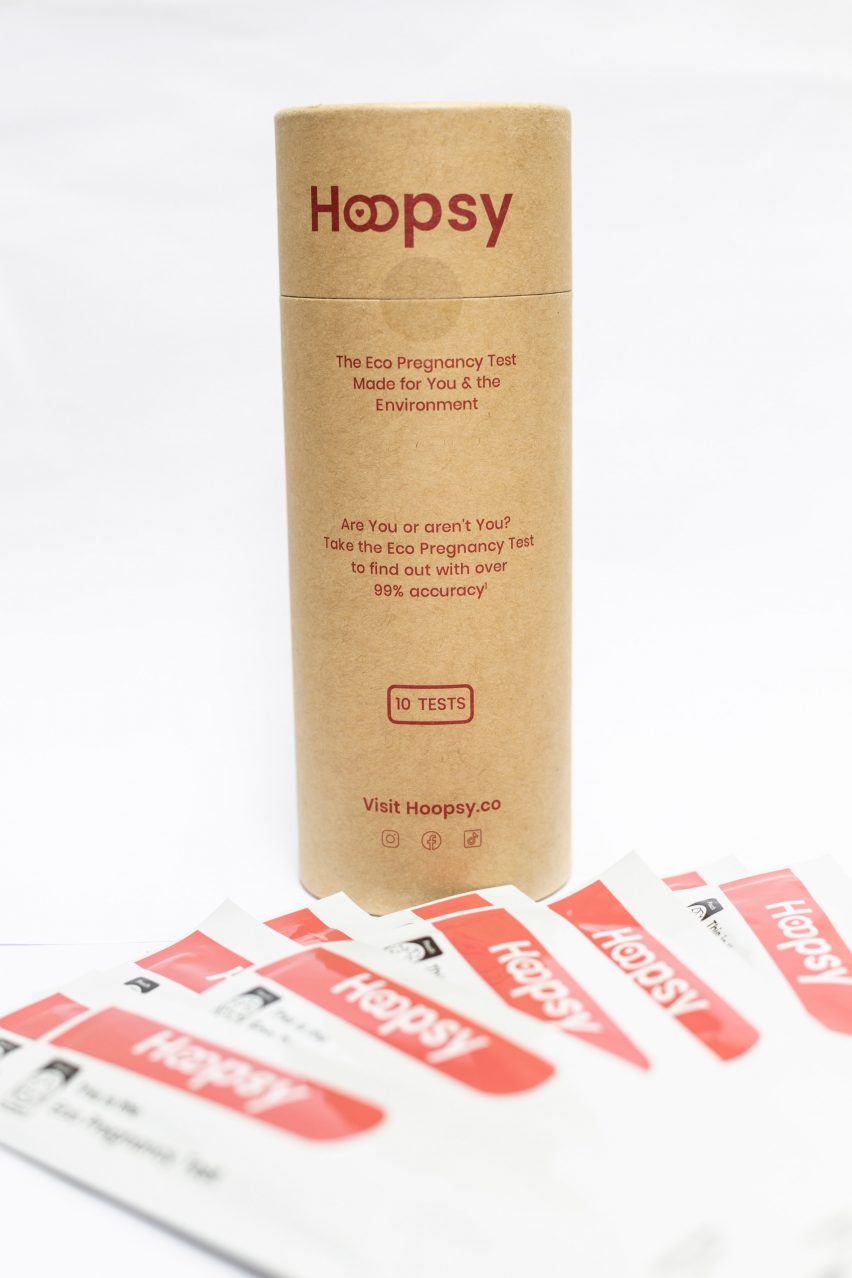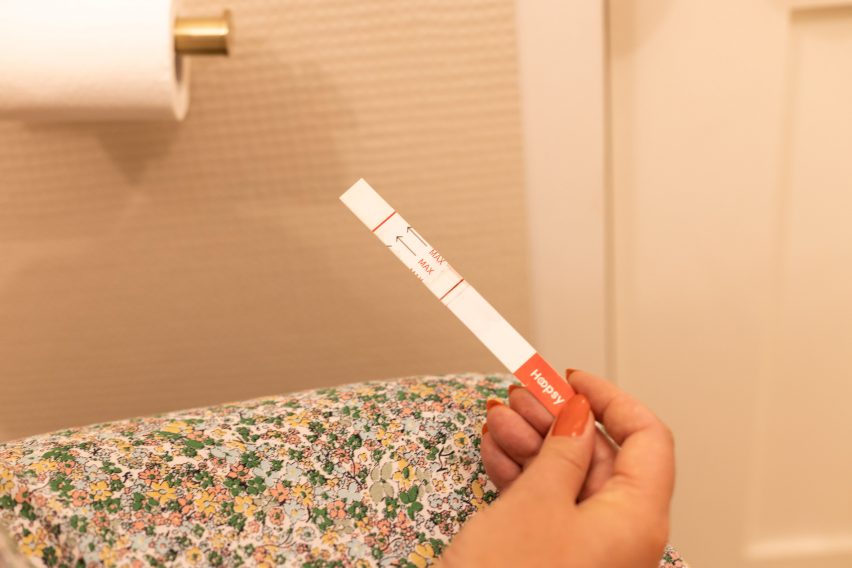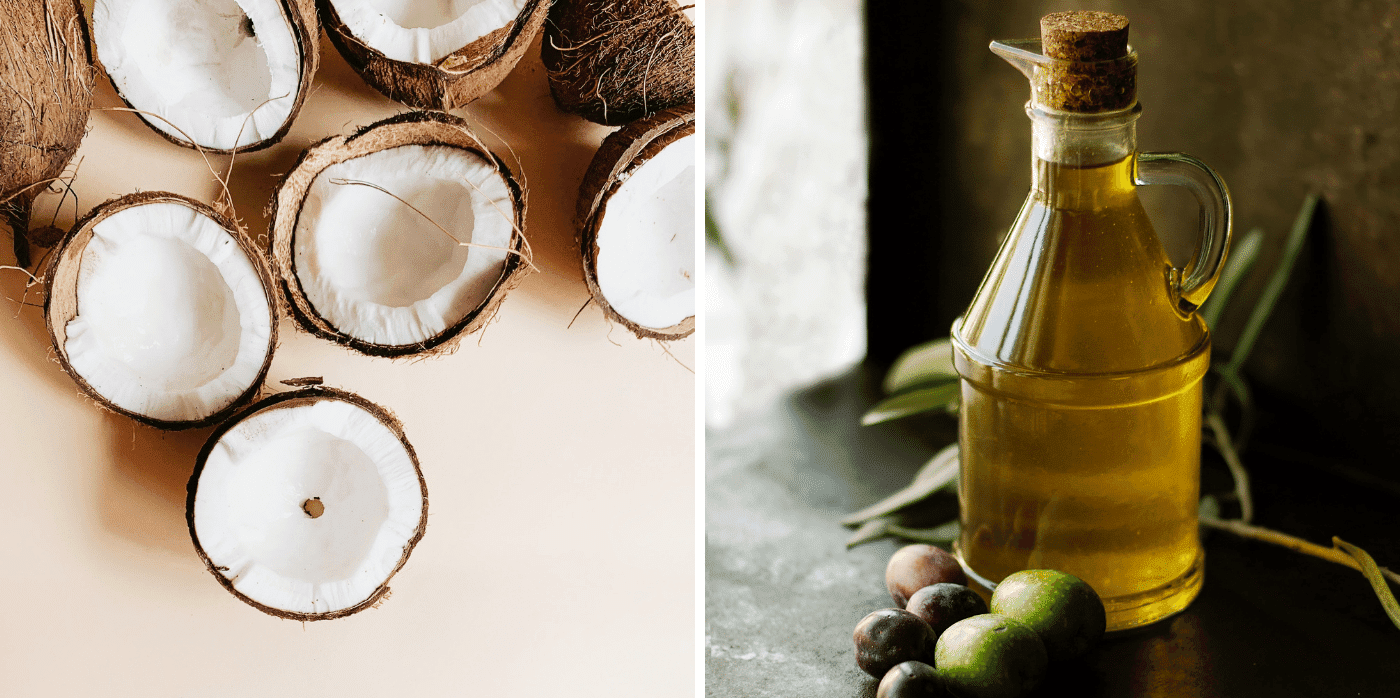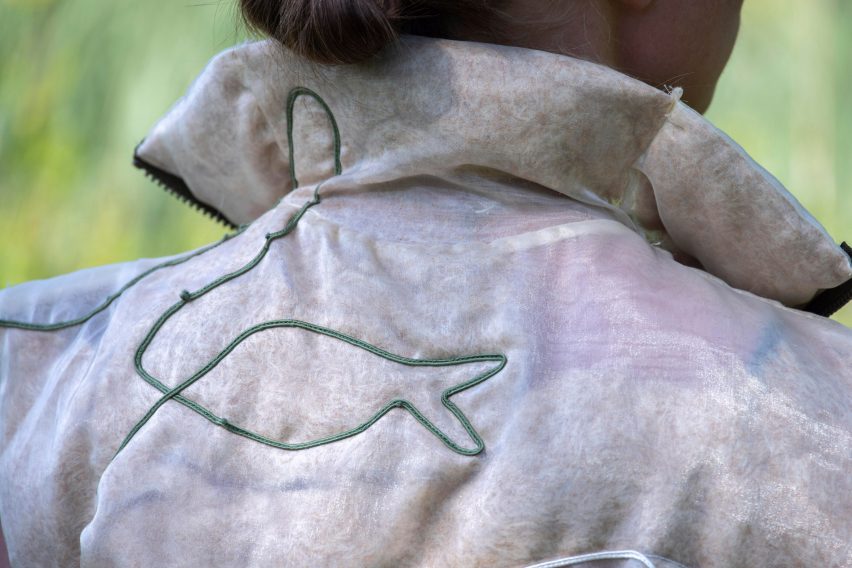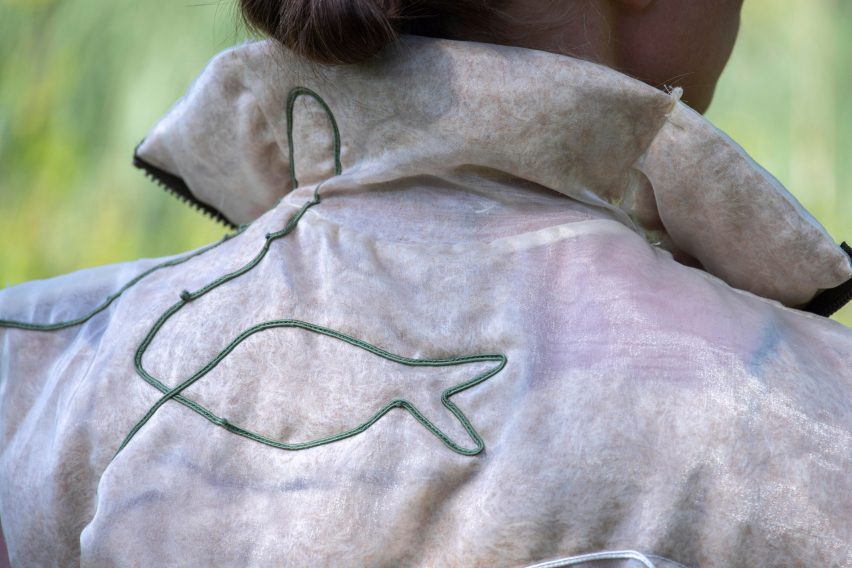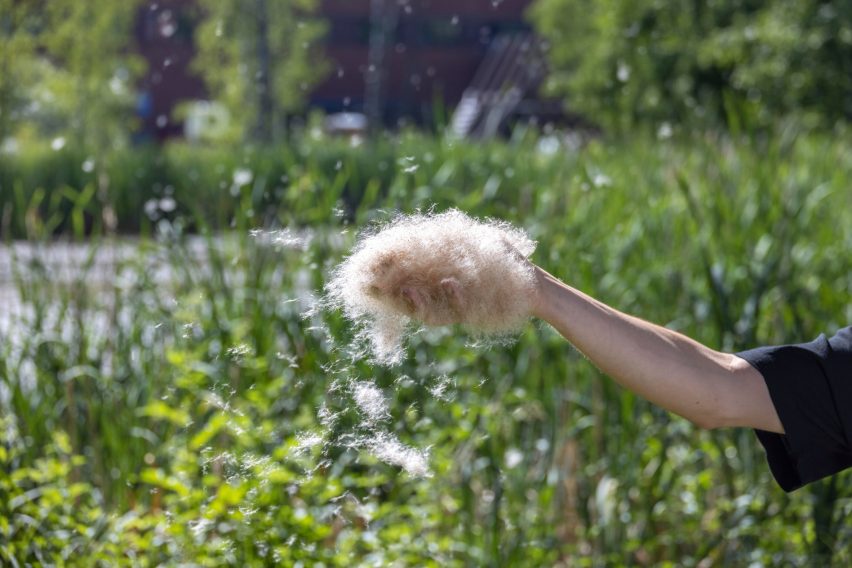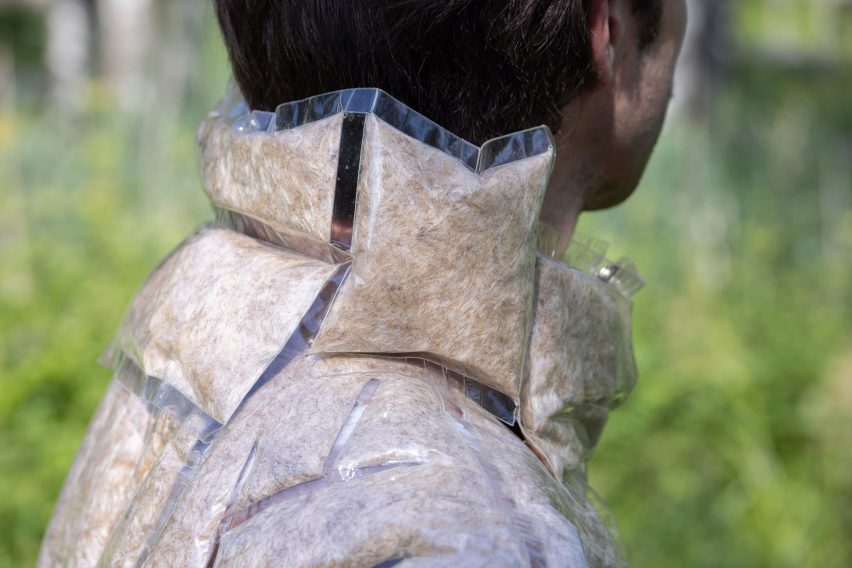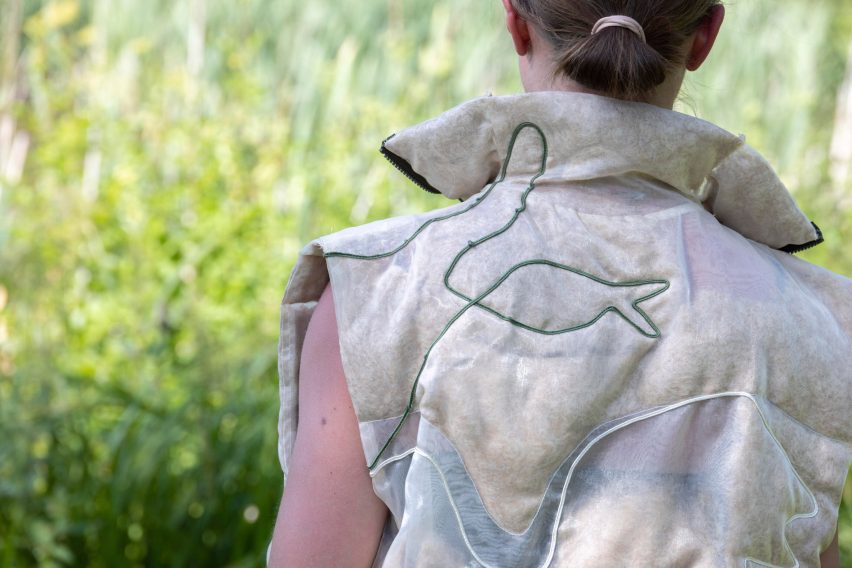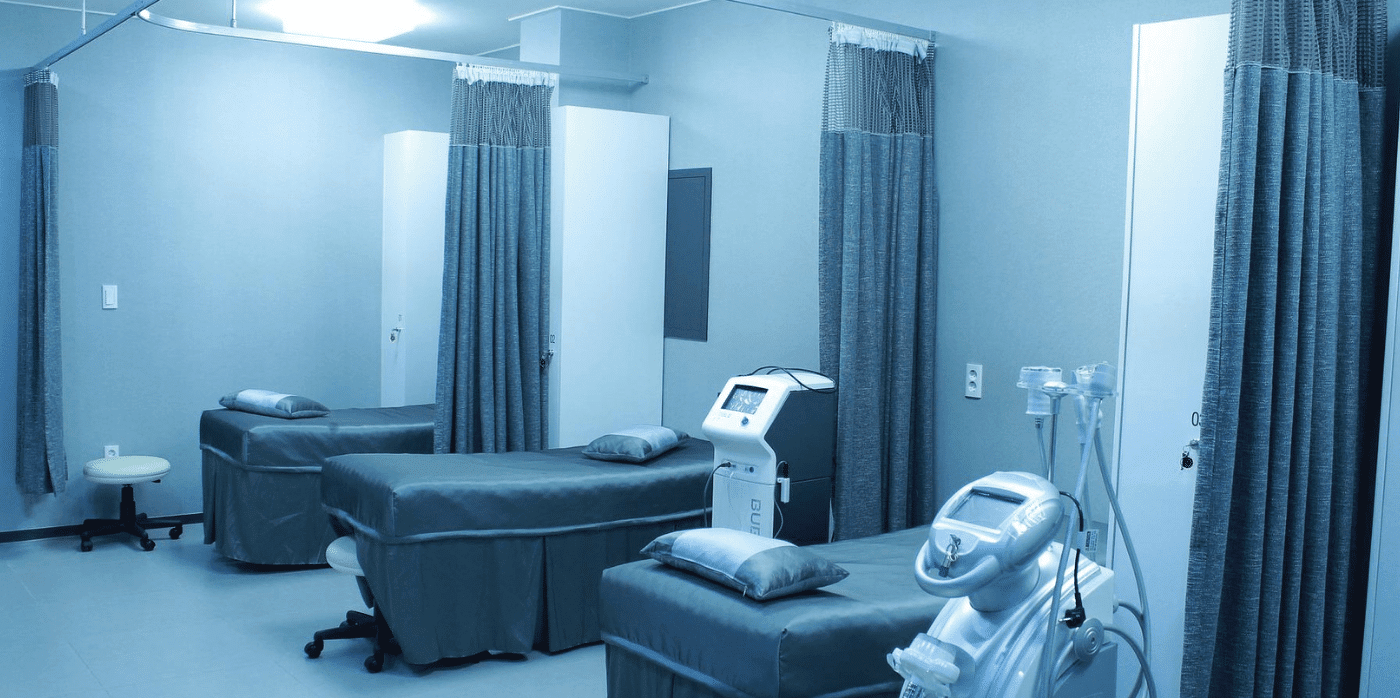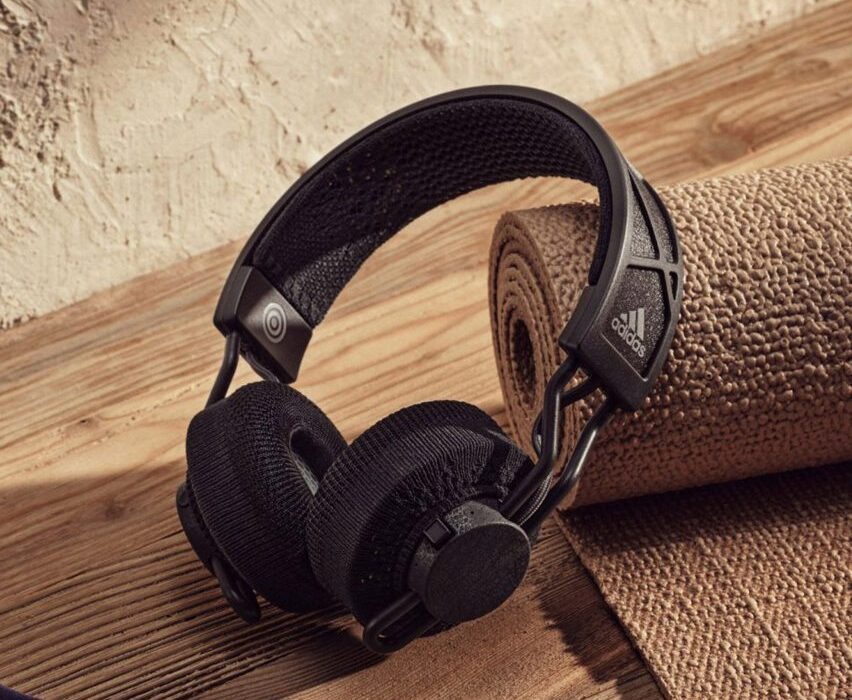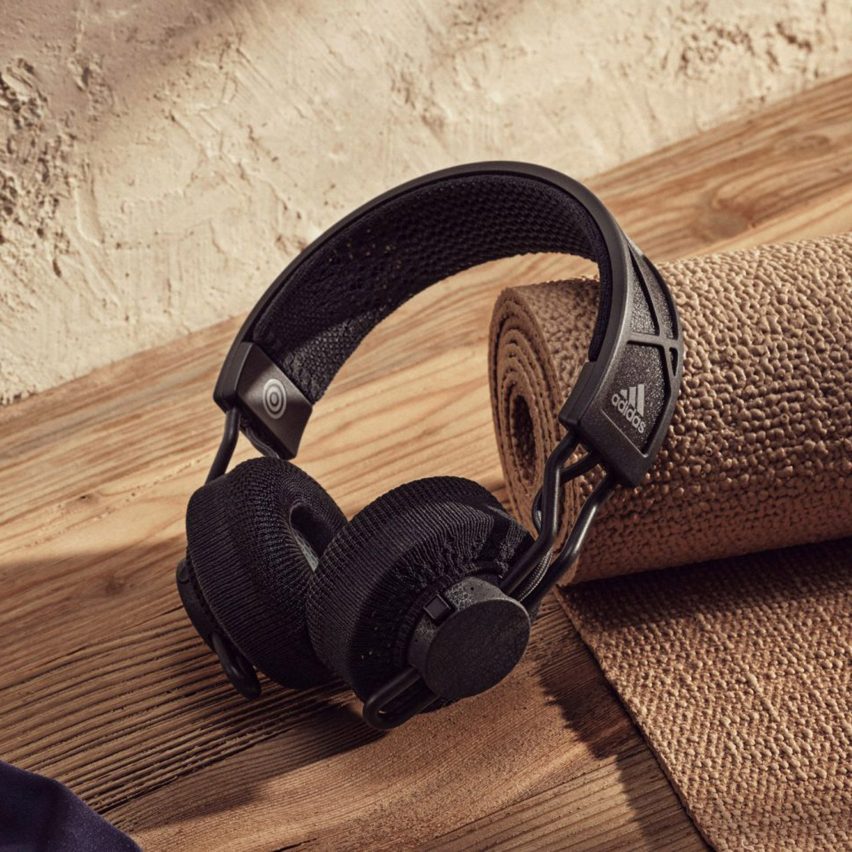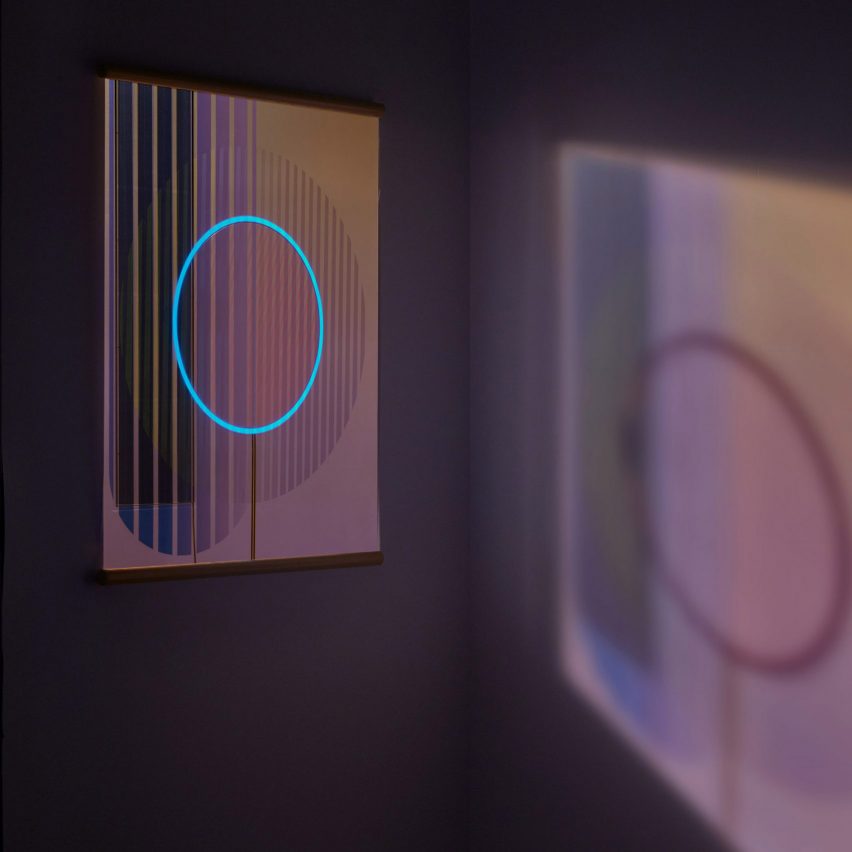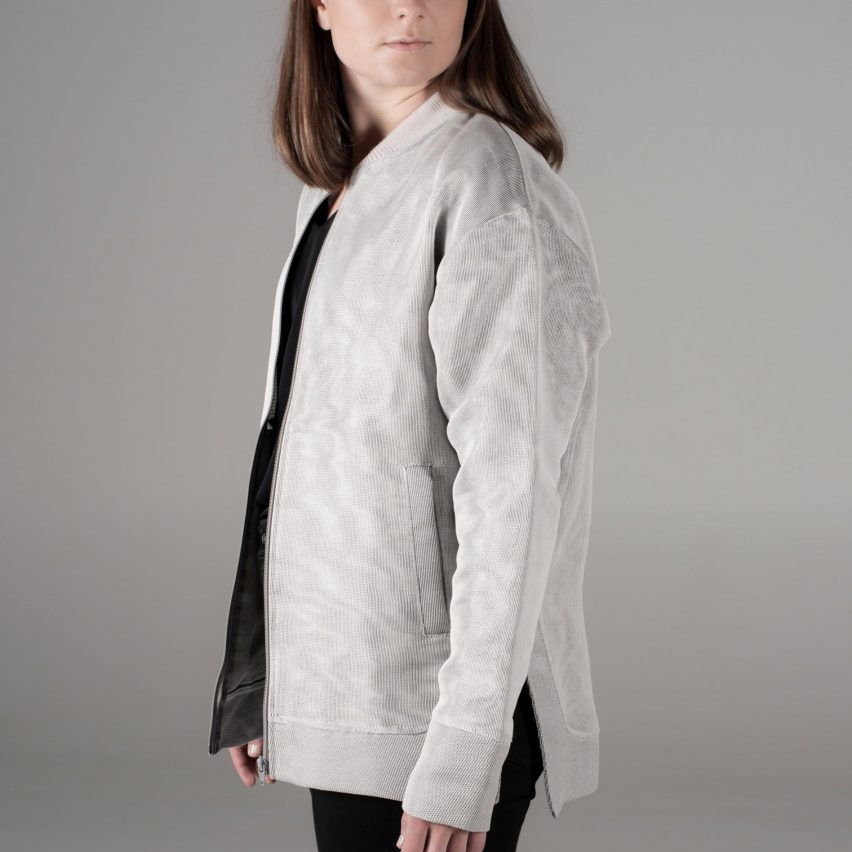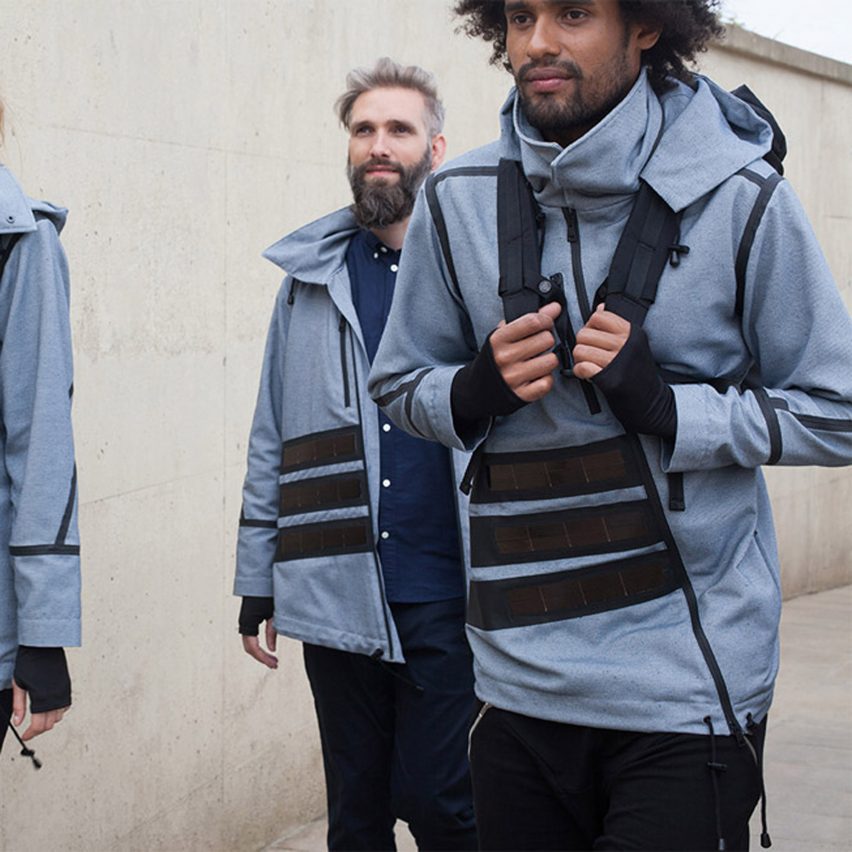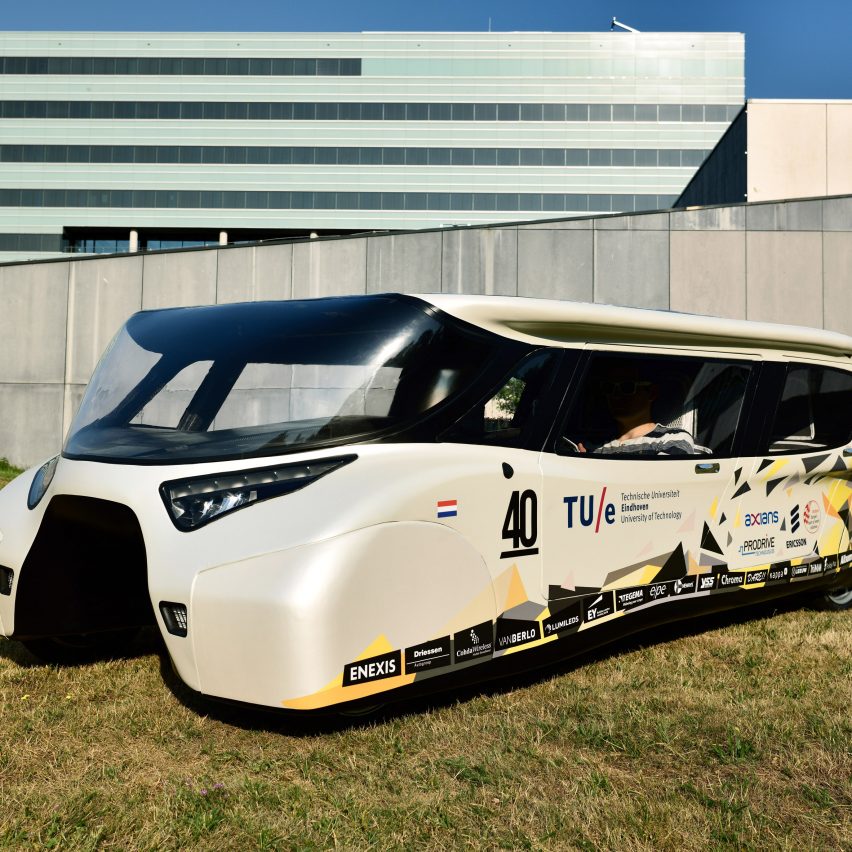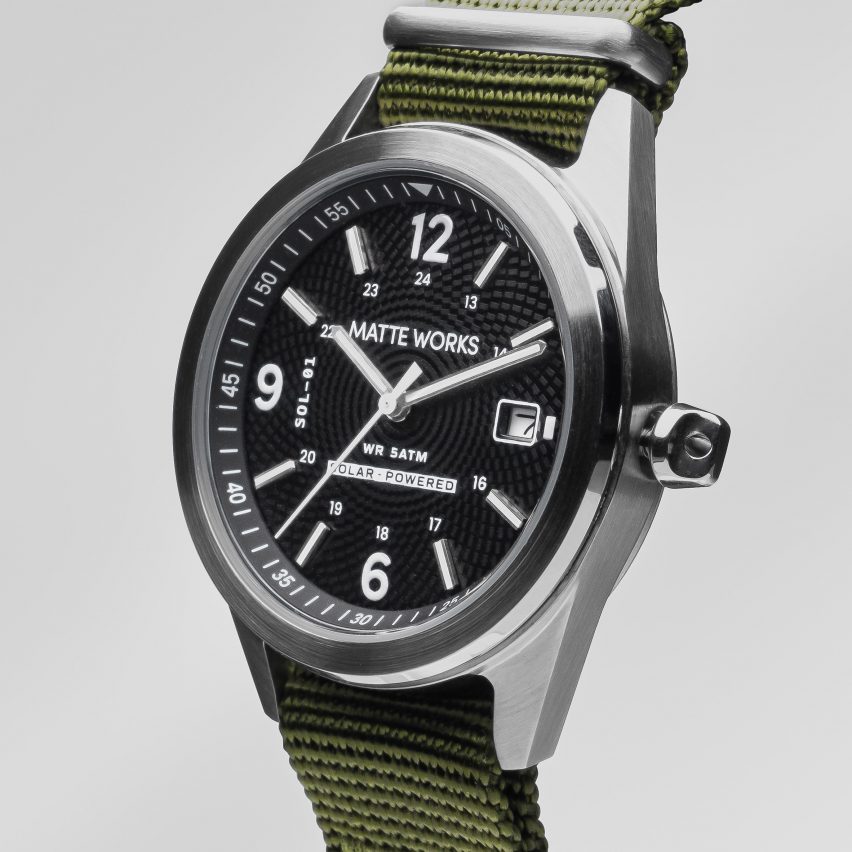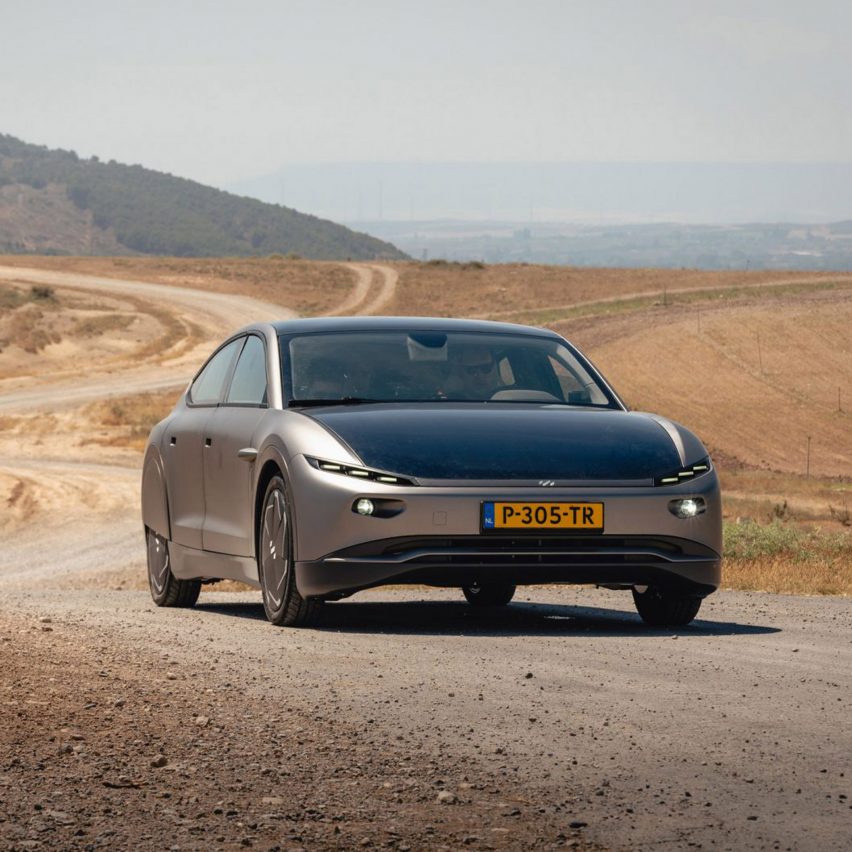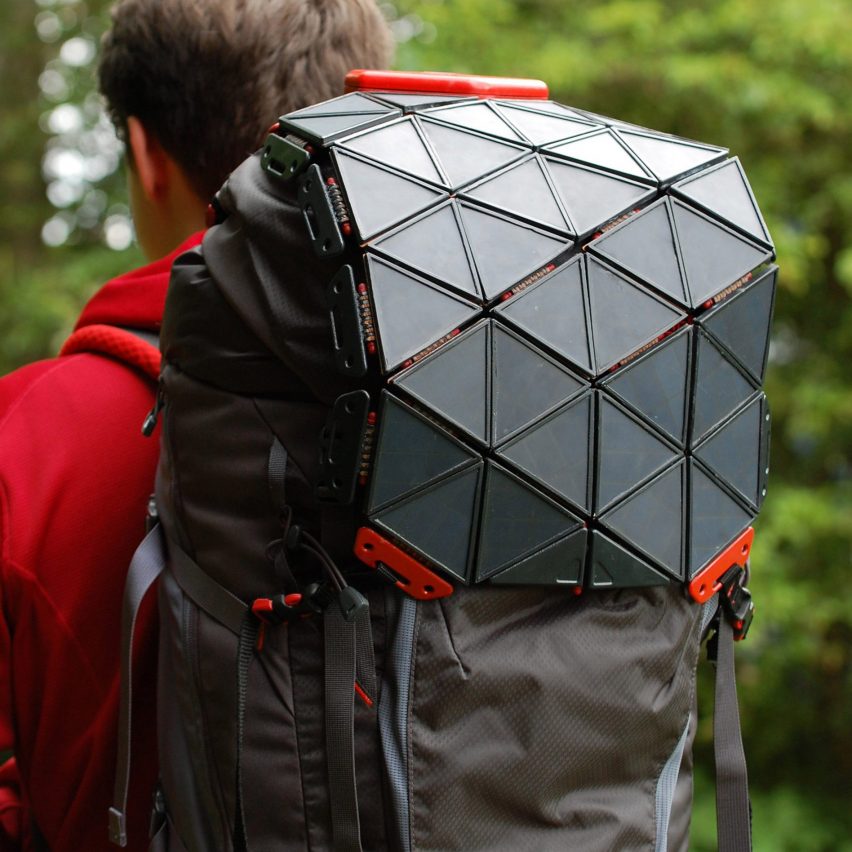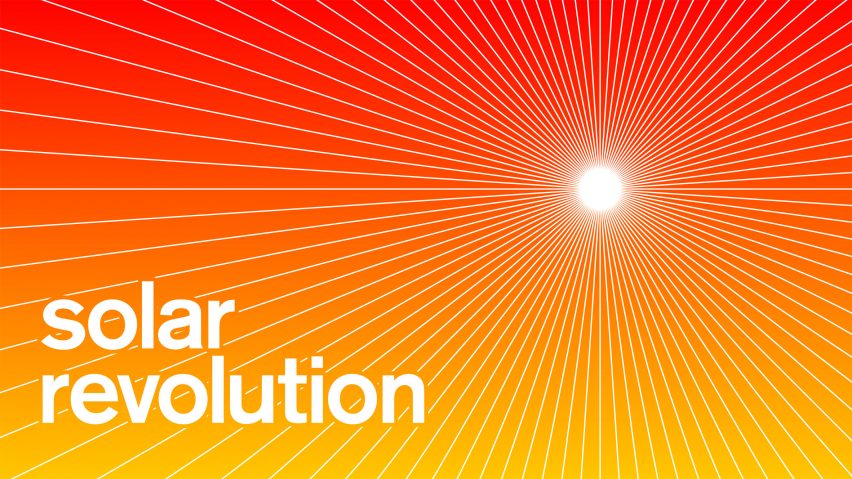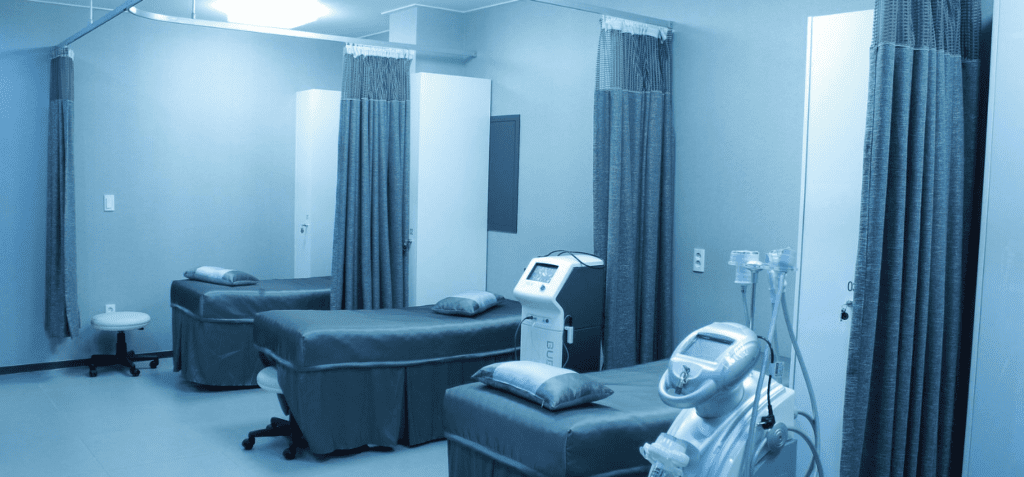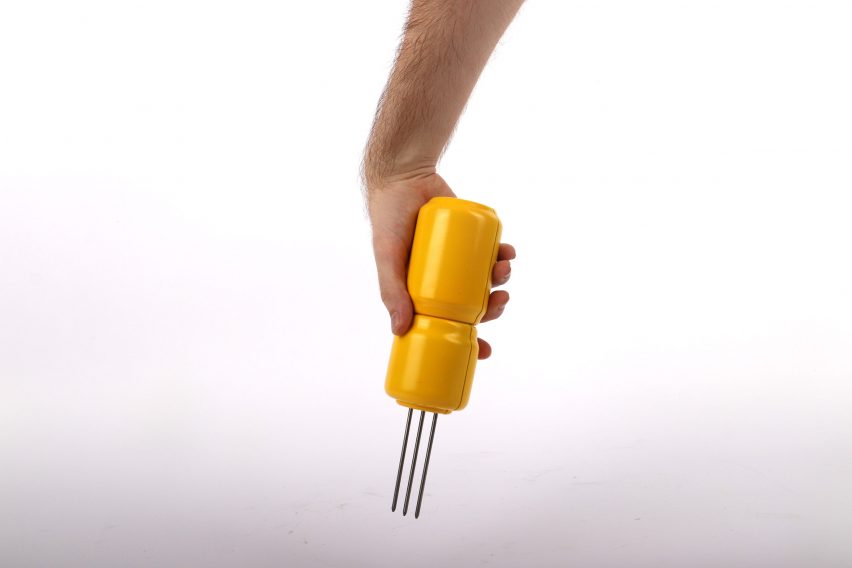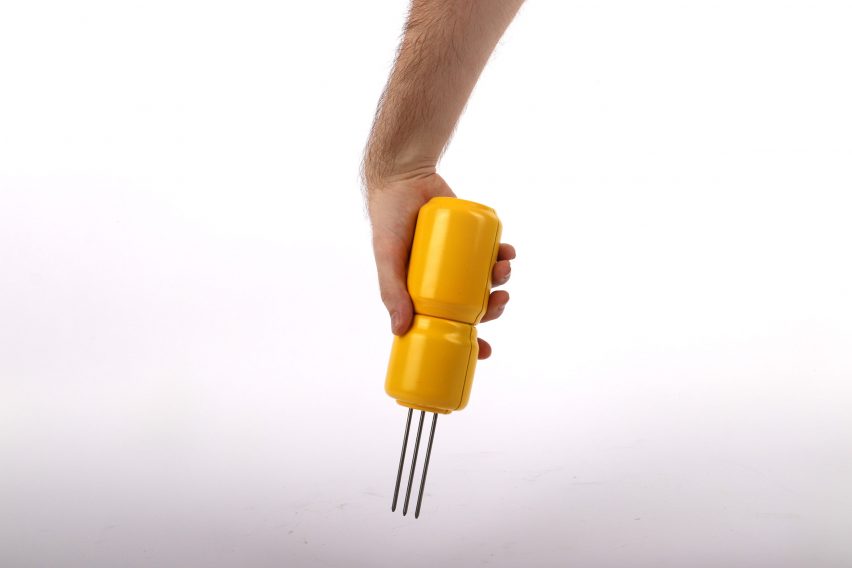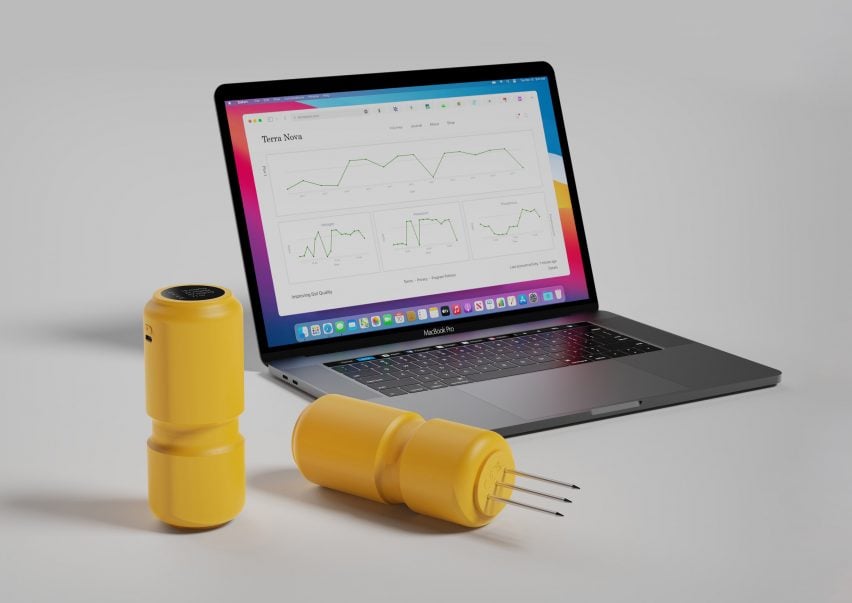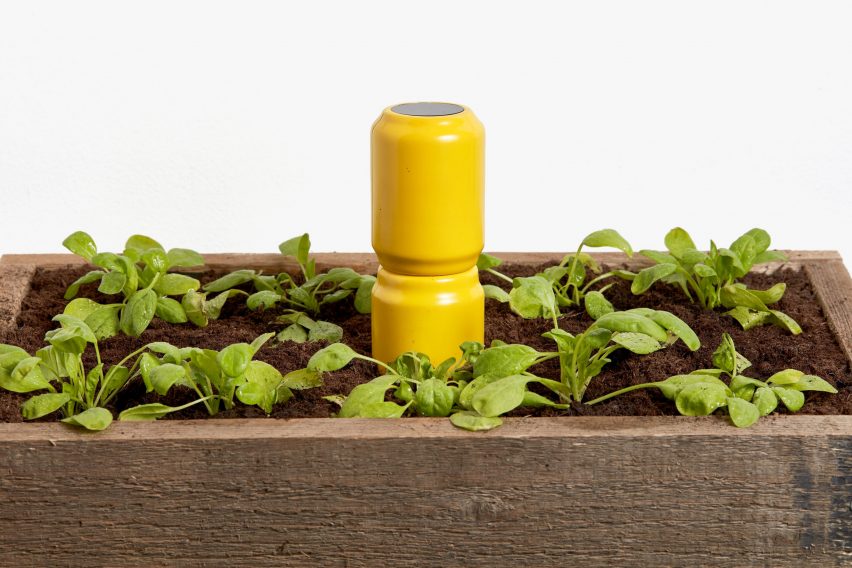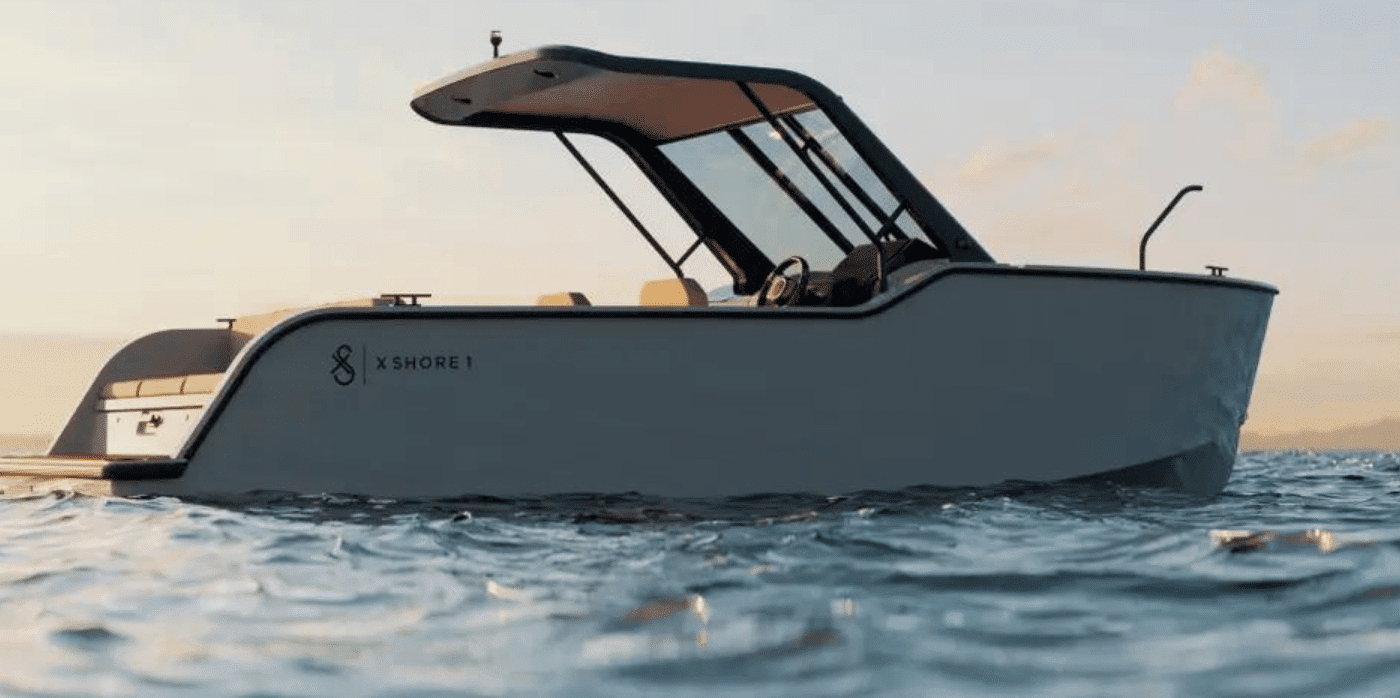Ten food innovations to reduce the carbon impact of our diets
Following the recent news about an avocado alternative called Ecovado, here is a roundup of 10 innovations that aim to reduce the carbon impact of the food industry and our diets.
The global food system, including the actions that take food from farm to plate such as transportation and production, is estimated to contribute 30 per cent of total greenhouse gas emissions, with over half of those a result of livestock agriculture.
In the past few years, designers have come up with numerous ideas for reducing food-related emissions as part of the global effort to slow climate change.
These innovations include developing alternatives to meat and other energy and resource-intensive foods, as well as creating more sustainable food production processes.
Read on for 10 designs that seek to decarbonise the food industry:

Ecovado by Arina Shokouhi
Central Saint Martins graduate Arina Shokouhi invented an avocado alternative named Ecovado, designed to break people away from purchasing the resource-intensive imported food.
“Avocados are one of the most unsustainable crops to export because of their delicate, easy-to-bruise nature, and the plantation-style monoculture farms required to meet the global demand for avocados are driving the deforestation of some of the most diverse landscapes in the world,” said Shokouhi.
The alternative contains a green, creamy, avocado-like foodstuff that is made from a combination of ingredients local to its country. It is packaged in a replica avocado skin formed from wax.
Find out more about Ecovado ›
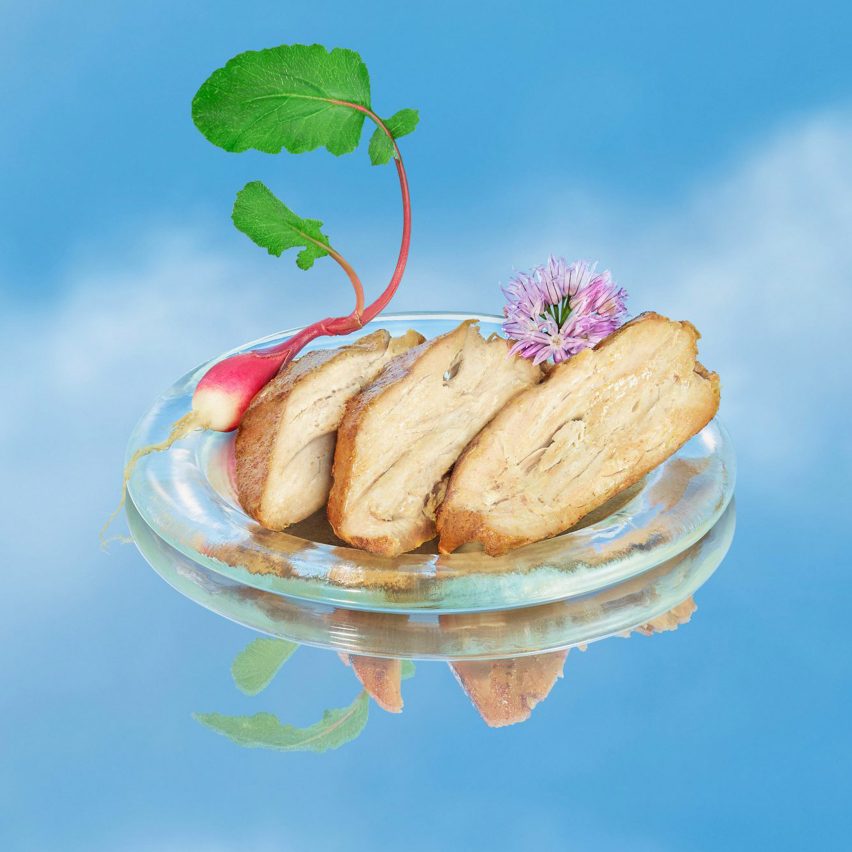
Air Meat by Air Protein
Californian startup Air Protein has created a meat alternative titled Air Meat, made from microbes that turn recycled carbon dioxide into protein. The product aims to replicate the flavour and texture of real meat products.
With beef generating 70 kilograms of greenhouse gas emissions for every kilogram produced, Air Meat was developed in an attempt to tackle the negative climate impact of the agricultural industry.
Find out more about Air Meat ›

Solein by Solar Foods
Solein is a protein-rich food made from electricity, air and water laced with bacteria. It was created by food-tech startup Solar Foods in collaboration with the VTT Technical Research Centre of Finland and the Lappeenranta University of Technology.
The food does not require land or large quantities of water to produce, both of which contribute significantly to the agricultural industry’s emissions, with the company claiming it has potential to “remove the climate impact of food systems on the planet”.
“Solein does not reduce the concentration of carbon dioxide in the atmosphere directly, but the indirect effect is that we need about one-tenth of the land compared to photosynthesis,” Solar Foods CEO Pasi Vainikka explained in an interview last year with Dezeen.
Find out more about Solein ›
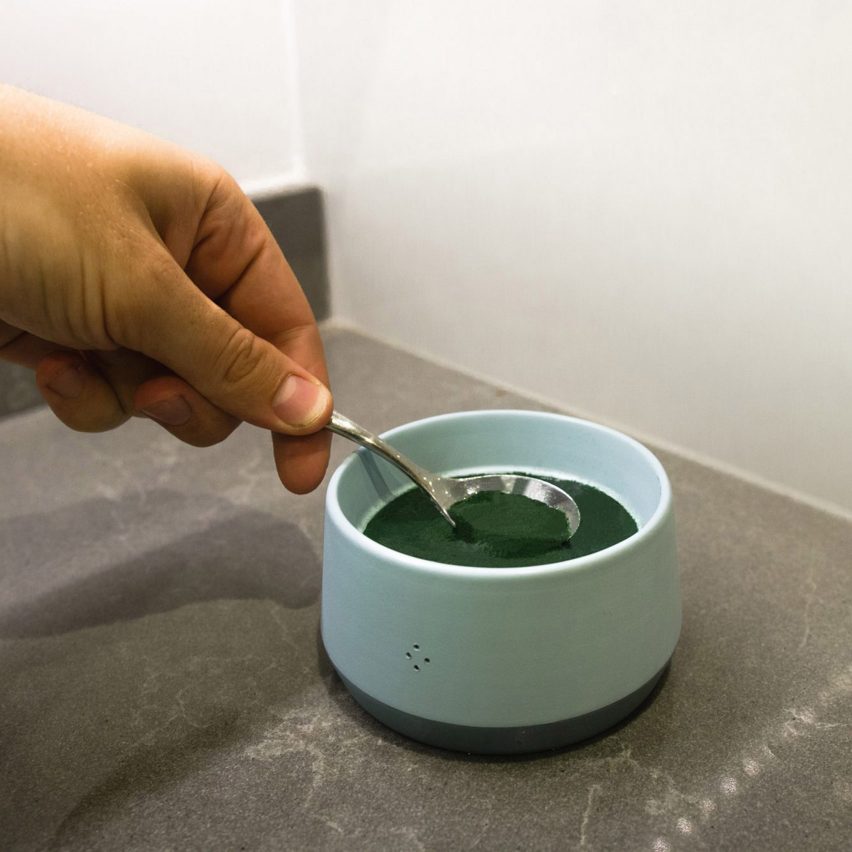
Spira by Rob Russell
Rob Russell, a 2019 product design graduate of the University of Leeds, designed this countertop Spira device that can harvest microalgae daily. The device can produce two tablespoons of fresh, nutrient-dense spirulina each day.
This small amount constitutes a recommended daily serving, which the designer suggests adding to sauces, smoothies or salads.
“Home-cultivated spirulina combats the four contributors of food-related greenhouse-gas emissions – production, transport, cooking and waste disposal,” said Russell.
Find out more about Spira ›
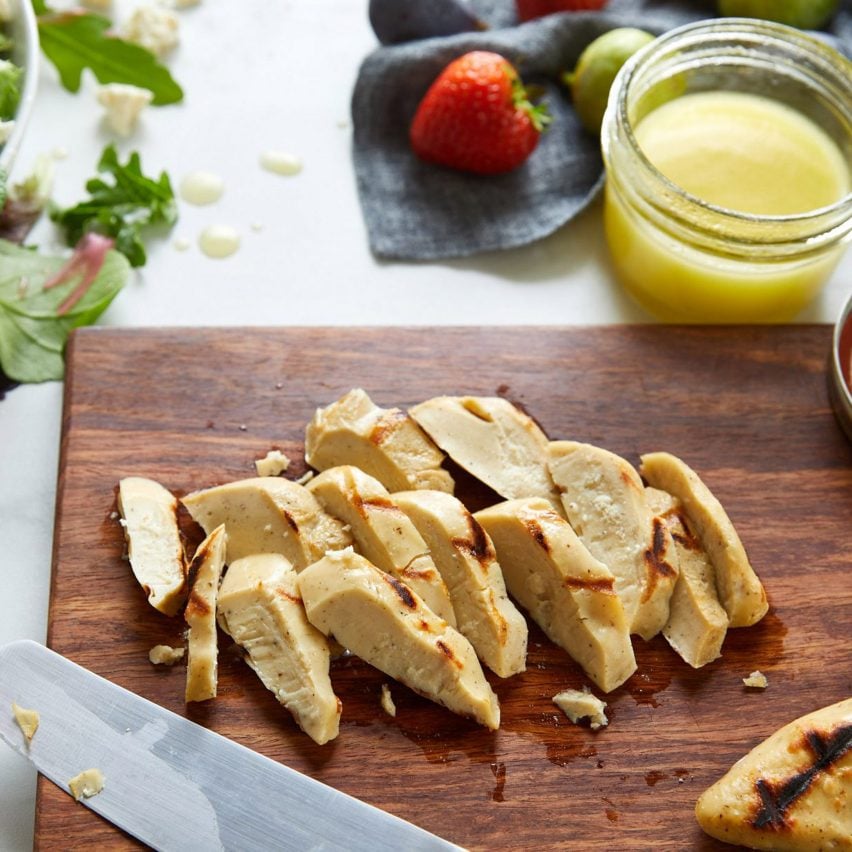
Lab-grown meat by Eat Just
In 2020, the Singapore Food Agency deemed Eat Just’s lab-grown, cultured chicken safe for human consumption. The US startup’s product is known as a clean meat, meaning it does not consist of dead animals but instead uses cells harvested from live animals that are grown and cultured into meat.
East Just explained that the cultured chicken has an “extremely low and significantly cleaner” microbiological content when compared to real chicken, which can contain bacteria from the gut, skin and feet of the poultry.
Find out more about Eat Just’s lab-grown meat ›
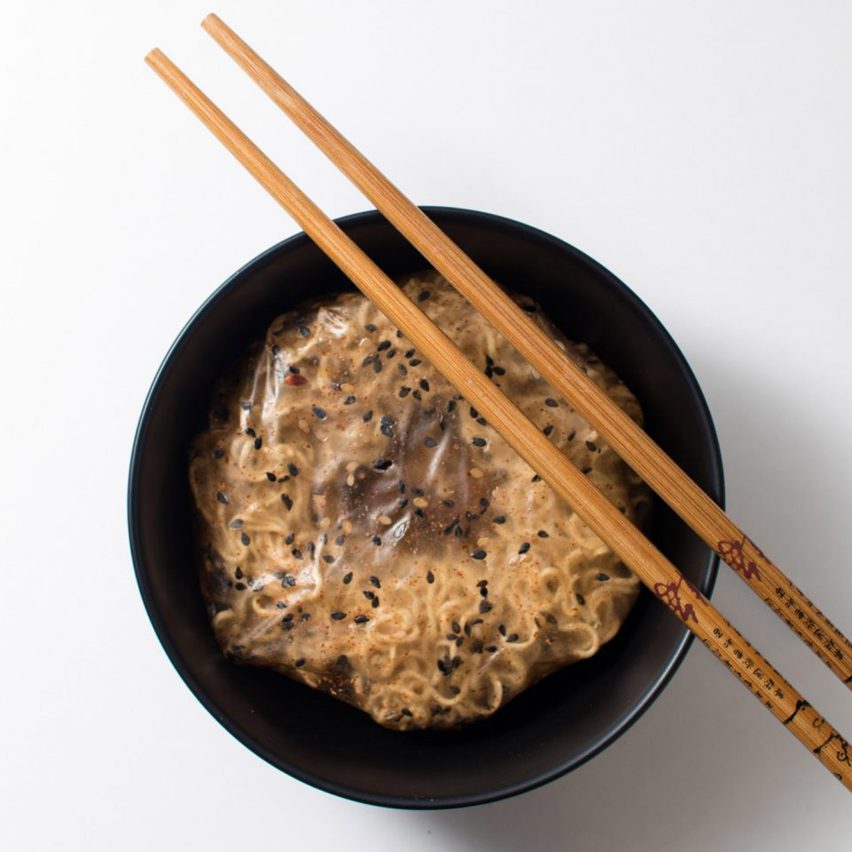
Dissolvable ramen packaging by Holly Grounds
Product design student Holly Grounds developed an edible, flavourless biofilm that is seasoned with herbs and flavourings to replace the multiple plastic sachets which typically accompany packets of instant noodles.
The dissolvable ramen packaging is made from a handful of ingredients including potato starch, glycerin and water. The biofilm seals the noodles and prevents the food from becoming stale but dissolves in less than a minute when put into contact with water.
Find out more about Grounds’ dissolvable ramen packaging ›
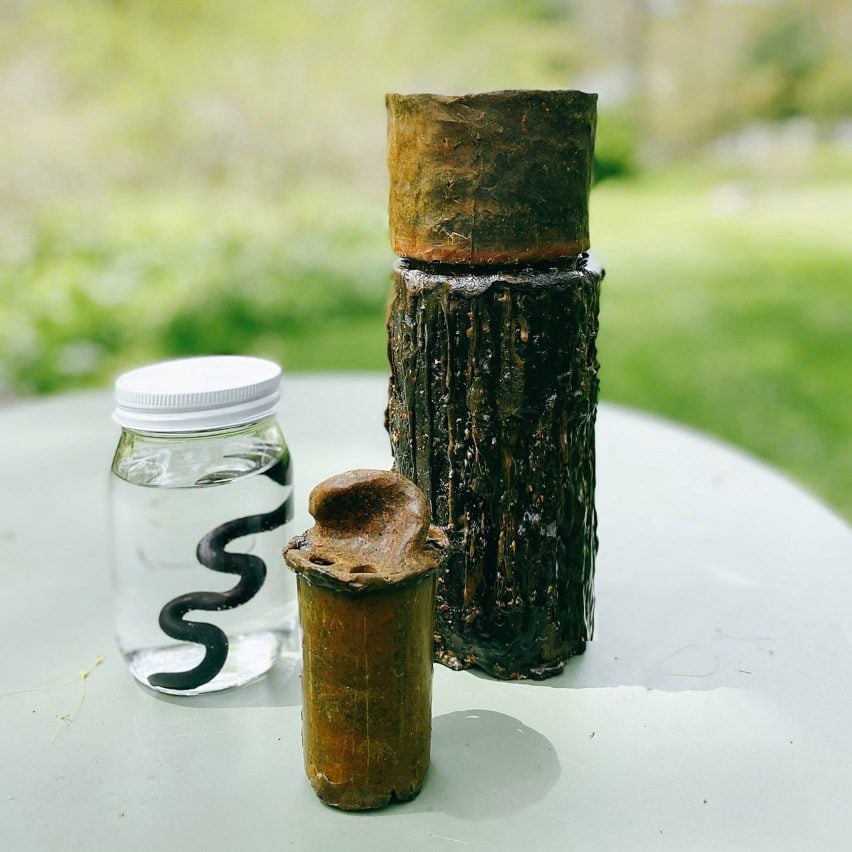
Strøm by Charlotte Böhning and Mary Lempre
Charlotte Böhning and Mary Lempres of studio Doppelgänger designed a collection of carbon water filters that are developed without fossil fuels and from their own kitchen waste.
The four-item range includes a substitute for Brita filter cartridges, purifying sticks and a self-cleaning pitcher and carafe. Traditional water filters are comprised of activated carbon within plastic cartridges typically derived from non-renewable energy sources.
“While carbon filtration immobilises harmful contaminants, the plastic cartridge’s only function is to hold the activated carbon,” Lempres told Dezeen. “Meanwhile, sourcing, manufacturing and injection-moulding the polypropylene are the largest contributors to the filter’s impact.”
Find out more about Strøm ›
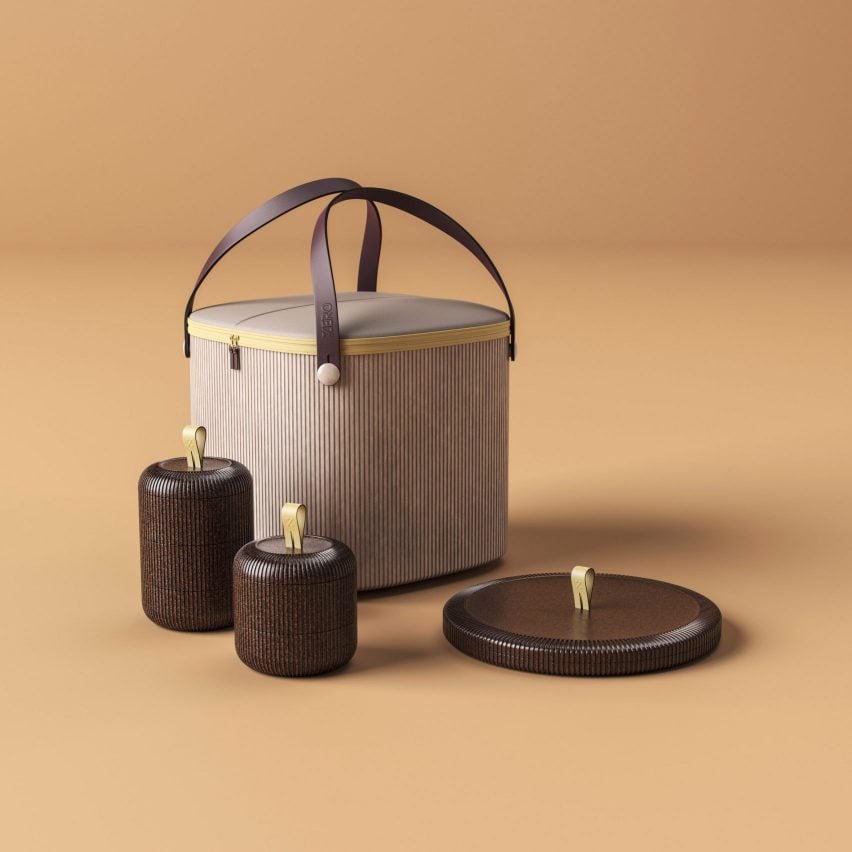
Zero by PriestmanGoode
Multi-disciplinary design practice PriestmanGoode developed a concept for an incentive-based food delivery system that could encourage consumers to use and return bioplastic containers to takeaway restaurants.
The concept was created to discourage the use of single-use plastic for fast food boxes and bags. If put into widespread production, the containers and bag would be constructed from sustainable materials such as cocoa bean shells, mycelium and pineapple husks.
The boxes would have a bento-style stacking system, removing the need for individual lids as boxes would be placed on top of the other.
Find out more about Zero ›

An Egg Without a Chicken by Annie Larkins
Around 36 million eggs are eaten per day in the UK alone, produced by highly intensive farming processes.
Central Saint Martins graduate Annie Larkins developed an unusually shaped alternative to chicken eggs made from pea protein, salt and algae-derived acid.
The designer altered the shape of the egg alternative, creating elongated and cubic forms, but looked to replicate the food’s white, yolk and shell, all of which were created from plant-based ingredients.
“Human desire to consume meat and animal products runs deep in cultures globally, and having an alternative that allows for an easy switch to plant-based products seems like a good thing to me,” said Larkins.
Find out more about An Egg Without a Chicken ›
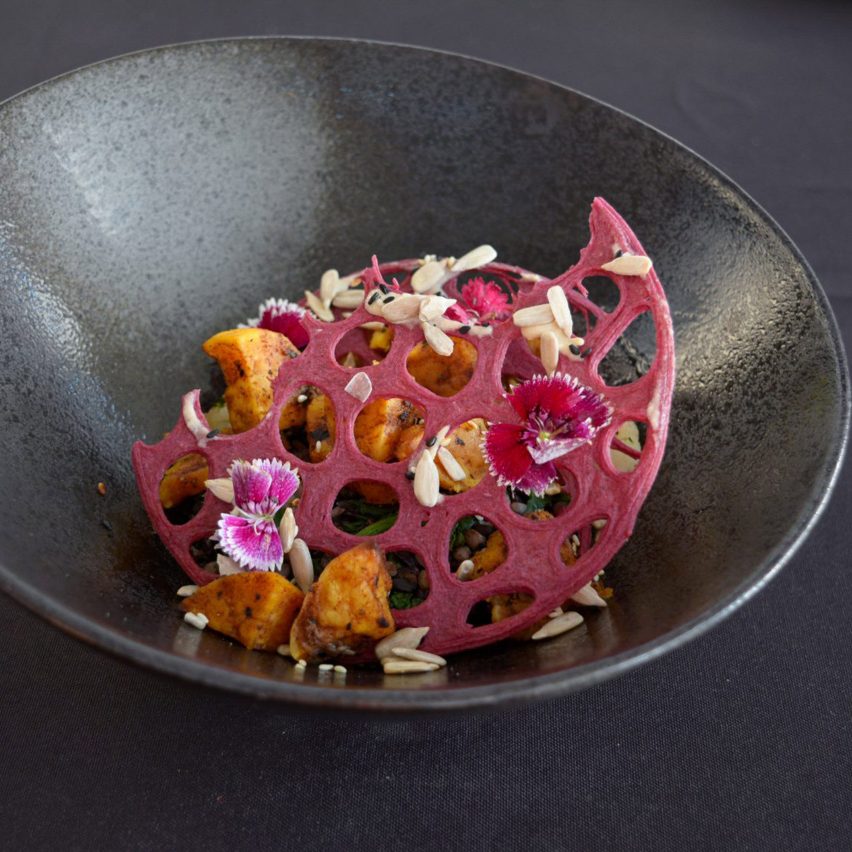
3D-printed food products by Elzelinde van Doleweerd
Elzelinde van Doleweerd collaborated with a China-based technology company to develop food products 3D-printed from leftover food. The innovation was a result of Van Doleweerd’s final project during her industrial design degree at the Eindhoven University of Technology.
The designer began exploring 3D-printed food after learning that one-third of food produced worldwide is wasted. She used mashed, ground and sieved fruit peels, bread and rice to create the mixture, which is then printed to create 2D geometric patterns and 3D shapes.
Find out more about Van Doleweerd’s 3D-printed food products ›

